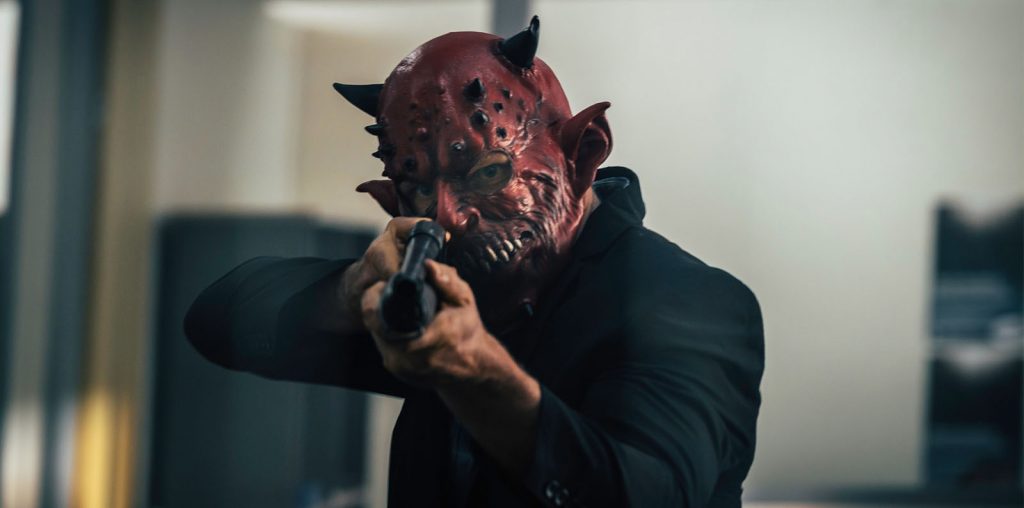
The story of “Shopgirl” can be read, heard, and seen. No matter if you choose to experience the world as perceived by Mirabelle Buttersfield via novella, audio book, or movie, each selection will be accompanied by the word choice, the voice, and the body of its primary creator, Steve Martin. I haven’t read or listened to the story, but I have watched it. Adapted to the screen by Martin himself, “Shopgirl” briefly explores the life of Mirabelle Buttersfield (Claire Danes), a young woman who falls in and out of adoration and love with two men: Jeremy Kraft (Jason Schwartzmann) and Ray Potter (Martin).
During the day, Mirabelle works at an accessory table at a Saxs Fifth Avenue store in Los Angeles; during the night, she is an aspiring fine artist. She encounters the younger man, Jeremy, at a laundromat and becomes intrigued by his eccentric personality (wonderfully performed by Schwartzmann). Mirabelle’s first interaction with Ray occurs on the job when he buys a pair of long gloves that she doesn’t yet know he is purchasing for her.
A substantial portion of the film’s middle examines what these characters mean to the other. For instance, Mirabelle initially thinks Jeremy is a bit too poor and too bizarre for her tastes, but she believes that Ray is fantastically gentleman-like and generous. Inevitably, misunderstandings and a change of heart compels Mirabelle to re-evaluate her desires and expectations.
Aside from the absence of a strong conflict, the main problem with “Shopgirl” is Martin’s voice-over narration. It is present in various places (the beginning, towards the middle, near the end, the end) and is completely unnecessary in terms of narrative development or clarity. In fact, it detracts from the film, especially in the scene where Mirabelle and Ray have dinner for the first time. Why have a voice-over when she could just ask him about his life and whether or not he has ever married and has ever had children?
The secondary problem is that there is no visual contextualization for why Ray would even buy Mirabelle gloves. Specifically, the film does not show him noticing her. Furthermore, there is a whole other plot-thread concerning Jeremy’s quest for self-improvement, which involves traveling as a roadie for a band and selling guitar amps. The camera also functions as an omniscient narrator, so why have a voice-over at all? Martin is already the screenwriter, an actor in the film, and a producer, does he really need to assert his authorship any more?
The moments in which the voice-overs occur suggest that they articulate to the viewer what Ray thinks about Mirabelle and what impact she has made on his life. You get the feeling that it’s about saving time and energy. Communicating interiority can be difficult, particularly if the director is not a montage master like Sergei Eisenstein, Sam Peckinpah, and even Maya Deren.
Another explanation for the voice-over is insecurity. Compared to Claire Danes and Jason Schwartzmann, Martin is the least (positively) memorable aspect of the film. Danes is especially impressive as a young woman ostensibly stuck in a 50s-inspired living space and wardrobe selection. There’s a nostalgic factor to the lighting design and some of the sets too. Like the films that infuse New York City (“You’ve Got Mail,” “Sidewalks of New York,” “Prime”) with a coat of picturesque perfection, “Shopgirl” has a similar effect on Los Angeles. The city actually serves more of a literal backdrop than an immersive environment, but in the scenes that foreground the sights, lights, and streets of the city, LA is quite radiant.
“Shopgirl” has the right ingredients for a lovely hour and forty-minutes in front of the television, unfortunately, the pieces don’t come together well enough to warrant a first viewing or a second viewing—unless you are a fan of the cast or you wish to analyze in academic detail the differences and similarities between the novella and the film.
